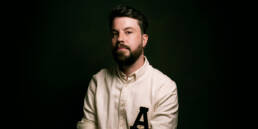Somehow, I assumed Ennio Morricone would live forever. But on 6 July 2020, the Maestro died following complications from a fall. Before he left, Morricone wrote his own obituary of profound humility. Many composers do not seem to live very long (Elliott Carter, Nicolas Slonimsky and Irving Berlin are among too few centenarians). Though he died at the age of 91, Morricone demonstrated he had the energy to live to be a hundred.
There has never been a more prolific composer working in film than Ennio Morricone. Until his passing, he may have been the most prolific living composer in any genre, having written nearly 500 film and television scores. The startling quantity of his output may wrongly downplay its quality. Morricone pioneered a new musical style for Italian spaghetti westerns, in which he employed unusual instruments, such as the new surf guitar and the mournful harmonica. His music for westerns, in particular Sergio Leone’s “Dollars Trilogy” and “Once Upon a Time in the West”, deservedly brought him recognition early in his career. But to define Morricone merely as a western composer is a misrepresentation. The 500 credits comprise no more than 20 such films. The challenge faced by anyone attempting to understand Ennio Morricone is accepting that it is impossible to do him full justice.
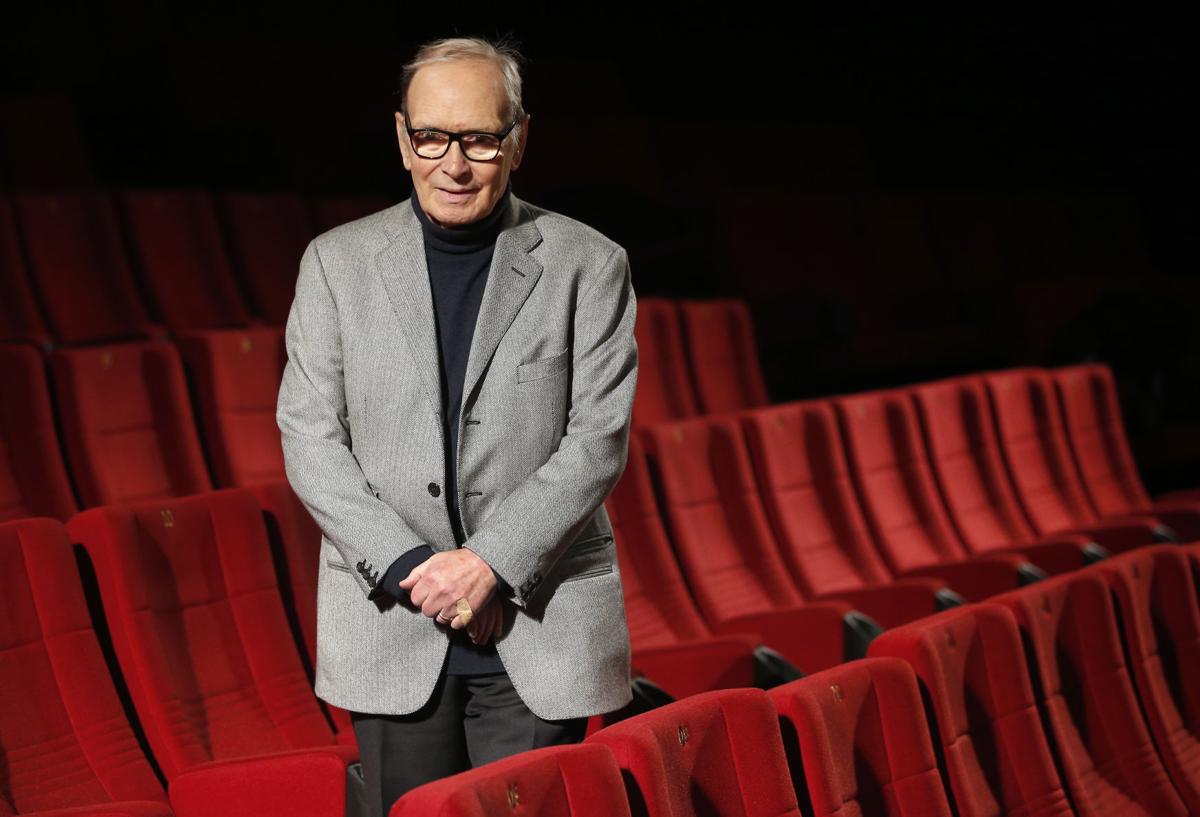 ENNIO MORRICONE HAS PASSED AWAY. WE NOW HAVE THE REST OF OUR LIVES TO APPRECIATE HIS MUSIC. SOURCE: AP PHOTO/MICHAEL SOHN.
ENNIO MORRICONE HAS PASSED AWAY. WE NOW HAVE THE REST OF OUR LIVES TO APPRECIATE HIS MUSIC. SOURCE: AP PHOTO/MICHAEL SOHN.
In the pantheon of film composers beginning their career around 1960 and after, Ennio Morricone will always radiate from the center. Only Jerry Goldsmith could compare to Morricone’s incredibly versatile, psychologically incisive, and powerful thriller music. Only John Williams could compete with Morricone’s masterful command of the classical orchestra and chorus to create memorable themes of sublime elegance. Only Georges Delerue could rival Morricone’s gift of writing beautiful melodies that from their first note haunt listeners. To fellow Italians, the Maestro, as they call him, was second to none. Early in his career Morricone was a counterpart to the older Nino Rota. Only Riz Ortolani approached the seductiveness of Morricone’s tunes for Italian filmic erotica. Ennio Morricone achieved it all in one score consistently throughout his seventy-year journey in cinema.
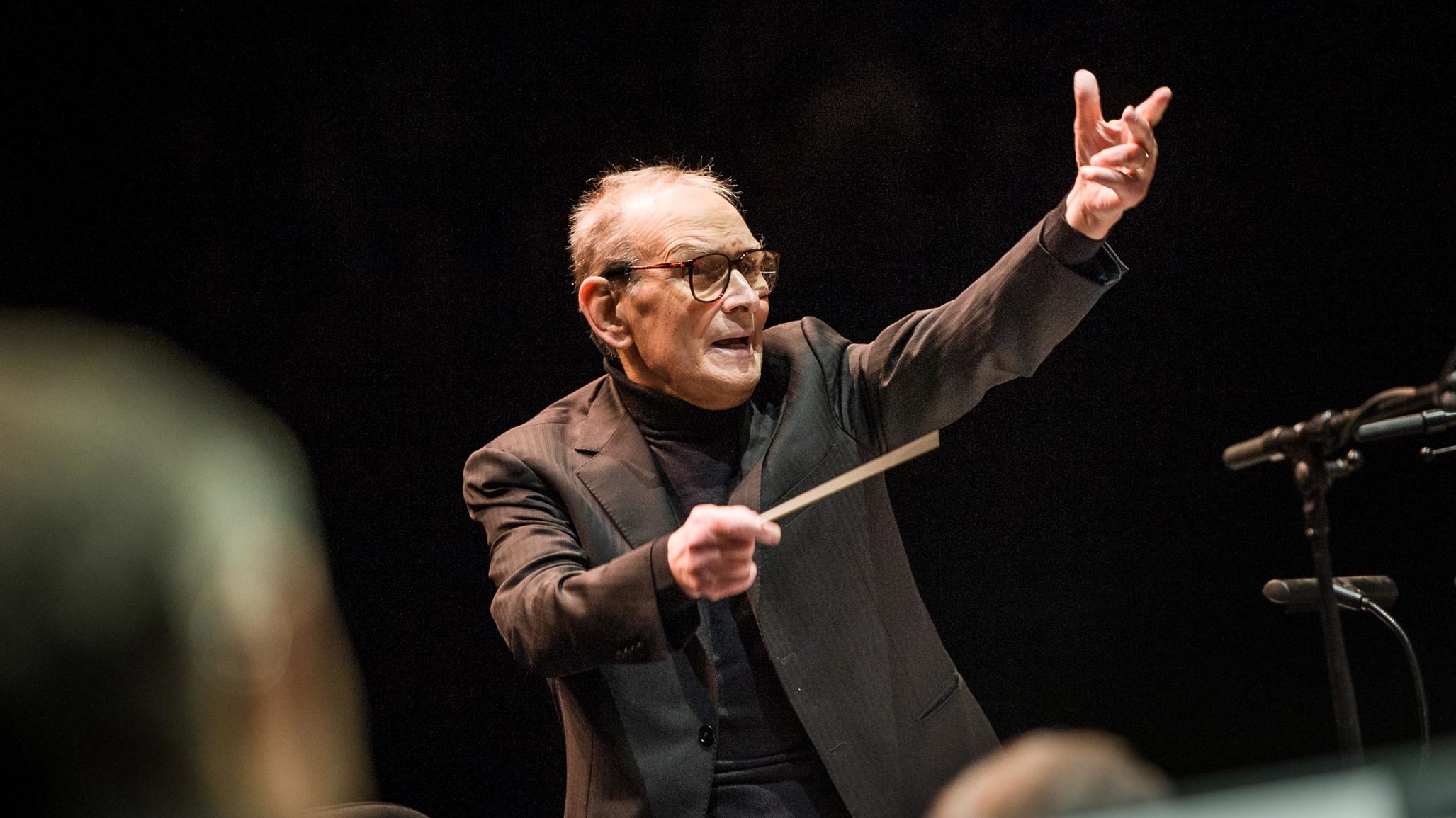 MORRICONE CONDUCTING IN AMSTERDAM. PHOTO BY JELMER DE HAAS.
MORRICONE CONDUCTING IN AMSTERDAM. PHOTO BY JELMER DE HAAS.
The Maestro had a unique capacity to keep reinventing himself and constantly surprise. He often acknowledged the indebtedness for his classical training to his teachers, such as Goffredo Petrassi, a fine composer of concertos and Morricone’s composition professor who died aged 98. Morricone was a polystylist who honoured the needs of the larger picture. Nevertheless, his music consistently stands on its own when experienced apart from the film, a mark of a great composer. Morricone embraced and originally adapted the Classical concerto, the Baroque concerto grosso, the Romantic symphony and twentieth-century chamber music. He brought new richness to rock and beat. He experimented with jazz and electronic music, and even improved on pop.
Many of Morricone’s works still await rediscovery. That Morricone was a fertile concert hall composer is unfairly neglected. His cantata “Voci dal silenzio” (2007) explores subtle choral harmonies and contains stunning colouristic effects. The “Mass for Pope Francis” (2015) follows the liturgy of the Roman Catholic Mass ordinary but involves striking dissonances and complex antiphonal chanting. In addition, Morricone has written more than 60 concert works, including piano concertos, symphonic pieces, choral music and one opera.
From 1964 to 1980, Morricone was a part of Gruppo di Improvvisazione Nuova Consonanza, or “The Group”. The collective recorded improvisations, experimenting with contemporary avant-garde techniques, such as serialism, musique concrète and free jazz. To experience Morricone performing on his instrument of choice, you can listen to his unorthodox trumpet sounds on The Group albums released by RCA and Deutsche Grammophon. “Omaggio a Giacinto Scelsi”, one of their striking compositions, uses a microtonal manipulation of a single note with uncanny sonoristic effects in honour of the eponymous pioneer of the technique.
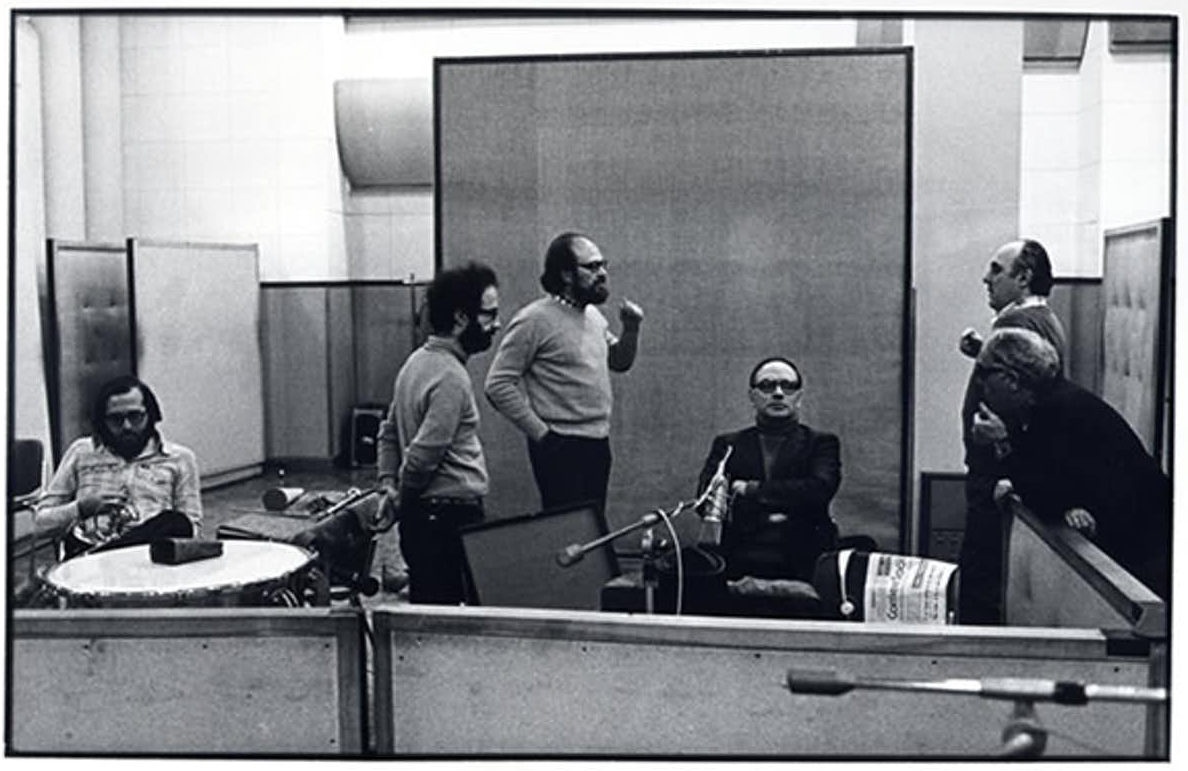 GRUPPO DI IMPROVVISAZIONE NUOVA CONSONANZA IN 1978 PHOTOGRAPHED BY ROBERTO MASOTTI.
GRUPPO DI IMPROVVISAZIONE NUOVA CONSONANZA IN 1978 PHOTOGRAPHED BY ROBERTO MASOTTI.
The Maestro’s most cherished music belongs to cinema. The famous film projection montage in “Cinema Paradiso” (1988) would feel empty without Morricone’s ineffably poignant theme. Clint Eastwood’s deadpan stares in “A Fistful of Dollars” (1964) would lose their edge without the surf guitar combined with mariachi trumpets, wordless grunts and whistles. It would be hard to feel sympathy for Jeremy Irons were it not for the wistful flute and plaintive string harmonies that bespeak his doomed love for Lolita. It is also Jeremy Irons as Father Gabriel in “The Mission” (1986), through whose oboe Morricone expresses that even in tragedy life on earth may be as it is in heaven. The composer also liked writing wordless vocal parts for Edda Dell’Orso. Her ethereal voice embodied “The Ecstasy of Gold” in the epic finale of “The Good, the Bad, and the Ugly” (1966). Morricone again captured ecstasy, of an extraterrestrial encounter, in “Mission to Mars” (2000), brilliantly combining electronic music with a large chorus. Sean Connery’s death in “The Untouchables” (1987) could not be sadder with the elegiac saxophone bidding farewell to the hero.
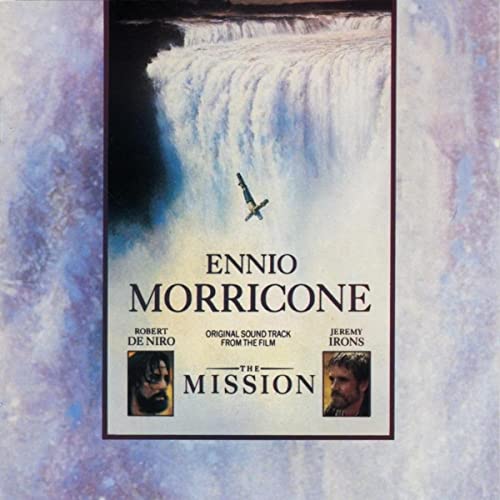 “THE MISSION” SOUNDTRACK ALBUM COVER. COPYRIGHT: VIRGIN RECORDS, 1986
“THE MISSION” SOUNDTRACK ALBUM COVER. COPYRIGHT: VIRGIN RECORDS, 1986
While Morricone is better known for his melancholy melodies, it would be an oversight not to emphasize his superb skill in expressing drama. Unmistakably the Maestro’s output contains some of the most unsettling music you will ever hear. Listening to the soundtrack for “The Thing” (1982) is not for faint ears. Morricone crafted a masterpiece of chilling electronica, a sonic incarnation of the frozen landscape. To musically render the nefarious alien, the Maestro turned to the art of fugue. Years later, Quentin Tarantino reused Morricone’s piece “Bestiality”. In his bizarre and not altogether coherent fashion, Tarantino employed in his films a number of preexisting Morricone works. If nothing else, the maverick director receives credit for introducing the Maestro to new audiences.
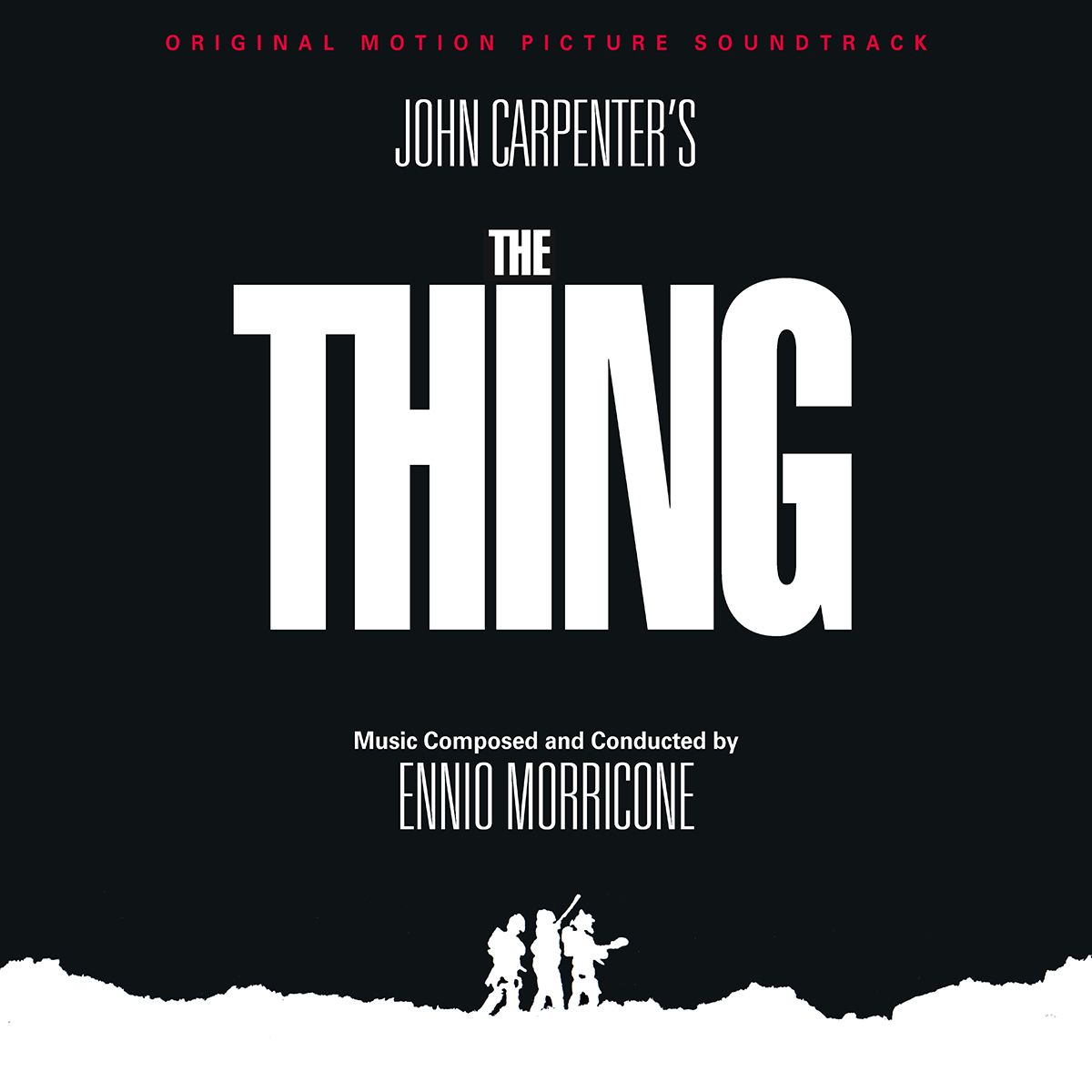 “THE THING” SOUNDTRACK ALBUM COVER. COPYRIGHT: GEFFEN RECORDS, 2020
“THE THING” SOUNDTRACK ALBUM COVER. COPYRIGHT: GEFFEN RECORDS, 2020
Morricone’s exciting music for Italian and French crime films has fascinated me for years. The relentless percussive piano rhythms with screeching electric guitars chasing Charles Bronson in “Città violenta” (1970) presented a brash new sonority for cinema. In “Le Professionnel” (1981), Morricone treated Jean-Paul Belmondo’s secret agent with an engrossing study of a theme and variations. Recently, I had a chance to see “Ripley’s Game” (2002). Morricone’s music immediately drew me into John Malkovich’s world of intrigue. The Maestro succeeded in blending the sounds of the bass guitar with the harpsichord. The final 14-minute piece on the album, entitled “Collage per Ripley”, presents an alluring collection of seamlessly integrated motifs from the film, featuring bold instrumental combinations and a tapestry of mysterious timbres. In the film, the harpsichord solos nimbly oscillate between diegetic and non-diegetic sound. Separate from the film, the music seeps through your skin. However, its depth does not yield to one hearing only. Repeated listening helps peel off the layers of the collage. Is multiplicity not a mark of art that stands the test of time?
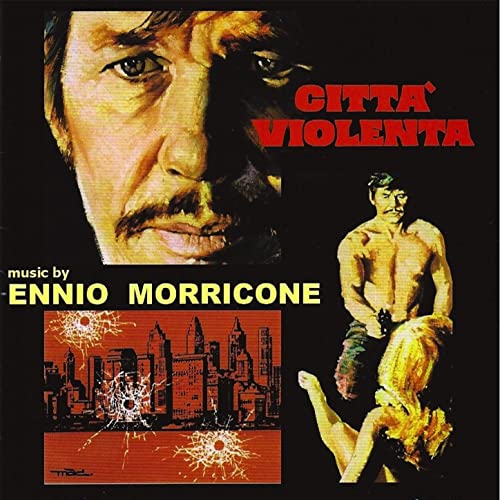 “CITTÀ VIOLENTA” SOUNDTRACK ALBUM COVER. COPYRIGHT: GDM, 2012
“CITTÀ VIOLENTA” SOUNDTRACK ALBUM COVER. COPYRIGHT: GDM, 2012
Having established himself in major genres, Morricone rejected complacency. Music was a passion and an art, but also a craft and a discipline; the Maestro was always hard at work, exploring new directions. In 1997, he wrote a one-hour symphony for a rediscovered silent film adaptation of Shakespeare’s “Richard III” (1912). By contrast, the composer succeeded in humanizing Arnold Schwarzenegger in “Red Sonja” (1985), a brawny accomplishment. Morricone’s music for “Days of Heaven” (1978) presents part of his most endearing legacy. He enriched Terrence Malick’s stunning cinematography with simple, gorgeous pastoral lyricism. The score joins the camera in painting bucolic landscapes and conspires to ignite a ruinous conflagration. Morricone again proved a musical storyteller par excellence with a score that also enjoys an independent life.
Though he received an Academy Award nomination for “The Mission”, Morricone lost out to Herbie Hancock’s “Round Midnight”, which contained only 20 minutes of original music. Fellow nominee James Horner was so impressed with Morricone’s score that he voted for it instead of his “Aliens”. Nominations followed, but similarly to Jerry Goldsmith, the Oscars were not in Morricone’s favour, as if implying the irrelevance, or the irreverence, of the Best Original Score category. Morricone garnered popular success and critical acclaim for his work in American films, but he never really embraced Hollywood. His decision to remain in Italy and not to move to America empowered him to keep composing with a more European perspective.
In retrospect, the Academy made amends for their omission when they bestowed on Morricone the Honorary Award for his lifetime achievement in film scoring. Incredibly, the 2007 Academy Awards ceremony marked Morricone’s first trip to Hollywood. In his acceptance speech, interpreted by Clint Eastwood, Morricone thanked the Academy with his characteristic modesty and sincerity. The composer was accompanied by his loving wife Maria Travia, who was moved to tears when he expressed his deepest gratitude to her. Aged 78, Morricone knew and promised the audience he would continue composing, and with a renewed resolve. He honoured the promise with his distinctive prolificacy, composing several scores each year. In 2016, at the age of 87, Ennio Morricone finally received the Academy Award for Best Original Score. After years of admiration, Quentin Tarantino invited the Maestro to write music for his film “The Hateful Eight” (2015), an idiosyncratic re-imagining of the western genre. Morricone supplied a dark, intensely suspenseful, string-driven score that earned him his first Oscar.
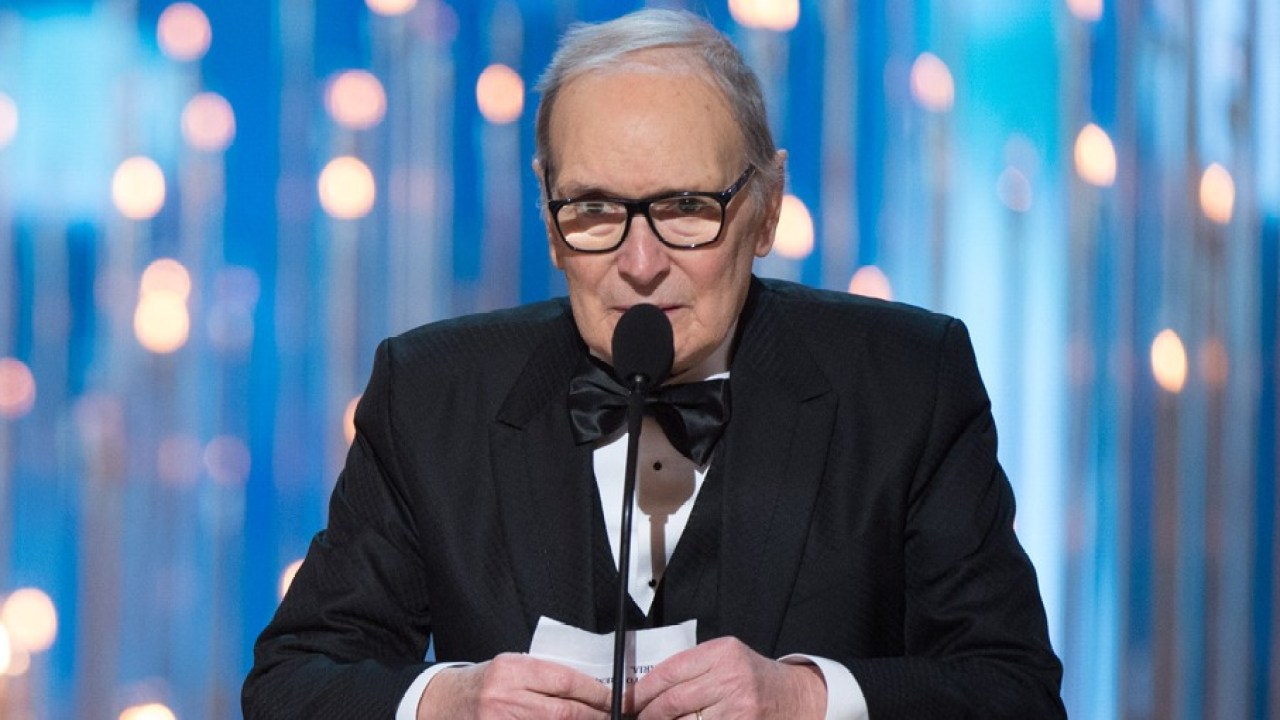 AT THE 88TH ACADEMY AWARDS, MORRICONE WINS AN OSCAR FOR “THE HATEFUL EIGHT”. HIS ACCEPTANCE SPEECH IS MARKED BY CHARMING GRACIOUSNESS AND SELF-EFFACING GENEROSITY.
AT THE 88TH ACADEMY AWARDS, MORRICONE WINS AN OSCAR FOR “THE HATEFUL EIGHT”. HIS ACCEPTANCE SPEECH IS MARKED BY CHARMING GRACIOUSNESS AND SELF-EFFACING GENEROSITY.
Morricone will be sorely missed. Borrowing and recycling prevail in today’s cinema while experimentation tends to be discouraged for fear of financial loss. Mediocrity is often allowed to be the common denominator for the arts. Some of the most original recent films have no musical score at all. Melodic themes appear to have fallen out of fashion. Emotions are forced on audiences by super powers and visual effects, rather than elicited by a subtle human touch that music can be. Morricone never tried to push sentiment, instead he possessed the rare power of generating our excitement, evoking our terror, and moving us to tears, often without our realization that music is the emotional heart of the film. His music is always honest. It shows a cultured sensibility, a passion for storytelling, a mastery of the craft, daring innovation with economy of means, and a deep understanding of the human nature.
The passing of Ennio Morricone marks the end of an era in music and in cinema. Time will reveal if the modern computer driven-approach to film scoring deserves a place in history. It is unlikely that Ennio Morricone will ever by eclipsed by another composer, or a computer. Consider also the magnitude of the long list of directors with whom Morricone collaborated: Bernardo Bertolucci, Franco Zeffirelli, Giuseppe Tornatore, Roland Joffé, Sergio Corbucci (Italy); Roman Polanski, Henri Verneuil (France); Don Siegel, Mike Nichols, Brian De Palma, Barry Levinson, Oliver Stone, Warren Beatty, and John Carpenter (USA). No composer since Georg Philipp Telemann (over 3000 compositions) and Johann Sebastian Bach was as successfully prolific as Morricone. Collecting his albums creates a full-time job for soundtrack aficionados. Some report more than 800 titles in their library. The list expands with several labels specializing in restoration and publication of Morricone’s music.
Our Maestro is more than a film composer. An unfounded divide seems to separate the worlds of concert and media music. When music is written to an image, the image somehow subjugates the music, therefore the music is artistically inferior to the so-called absolute or classical music. This holds true most of the time. However, Morricone bridges the divide. While he spent most of his career composing for film, to call him a film composer does not do him justice. Morricone’s music serves the moving image, but it also transcends it. Film composers count as success the achievement of this transcendence with a theme or two in a single score. In contrast, many Morricone scores are fit for a concert performance in their entirety. They are aesthetically and artistically complete without the film.
I have spent the last two years researching Mozart’s music. While on the whole I would not compare anyone to Mozart, I dare say Morricone was capable of writing beautiful melodies of irresistible charm and natural effortlessness like Mozart. Doubters are encouraged to seek out the video in which Morricone discusses how he writes a melody before listening to, for instance, the curiously titled collection “When in Doubt Turn to Ennio Morricone”. A box of tissues at hand is strongly advised, even for stoics including Clint Eastwood, to go with the near six-hour themependium. Not one tune repeats or resembles any of the other 99. Moreover, the 100 still represents a fraction of the sum total of Morricone’s melodies.
 ENNIO MORRICONE USED SILENCE AS A MUSICAL SOUND. PHOTO: ENNIO MORRICONE OFFICIAL WEBSITE
ENNIO MORRICONE USED SILENCE AS A MUSICAL SOUND. PHOTO: ENNIO MORRICONE OFFICIAL WEBSITE
Despite his age, the amazing Morricone increasingly put more energy into conducting his music around the world. Morricone’s concert tour tempo kept climbing into his late 80s. Yet he never returned to a city with the same programme. Unnamed agencies repeatedly advertised in certain cities in Europe his concerts as “the last”. Morricone gave one of his final concerts in Prague at the age of 90. The opportunists may retreat now that the ruse is true. Nevertheless, Morricone lives on.
Our deepest condolences to Ennio Morricone’s family, friends and all those who know his music.
Tomáš Bazika
Tomáš Bazika is a classical music historian and occasional film music journalist. He enjoys reviewing concerts, interviewing and photographing musicians, and giving talks in Europe and Asia about the intersection of image and sound. In addition, he finds personal growth in listening to new music and exploring unseen cinema, simultaneously collecting film soundtracks and classical music recordings. Tomáš was born in Prague, lived in Bangkok, and now divides his time between Prague and Washington, D.C.. You can email him at t.bazika@gmail.com.
An Interview with Anna Drubich
Anna Drubich is a Russian-born composer of both concert and film music, and has studied across…
A Conversation with Adam Janota Bzowski
Adam Janota Bzowski is a London-based composer and sound designer who has been working in film and…
Interview: Rebekka Karijord on the Process of Scoring Songs of Earth
Songs of Earth is Margreth Olin’s critically acclaimed nature documentary which is both an intimate…
Don't miss out
Cinematic stories delivered straight to your inbox.
Ridiculously Effective PR & Marketing
Wolkh is a full-service creative agency specialising in PR, Marketing and Branding for Film, TV, Interactive Entertainment and Performing Arts.

